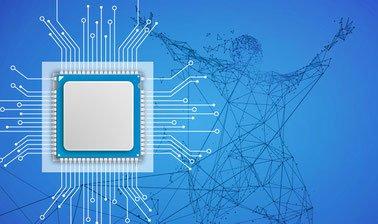MOOC List is learner-supported. When you buy through links on our site, we may earn an affiliate commission.

MOOC List is learner-supported. When you buy through links on our site, we may earn an affiliate commission.
You can use accelerated hardware such as Google’s Tensor Processing Unit (TPU) or Nvidia GPU to accelerate your convolutional neural network computations time on the Cloud. These chips are specifically designed to support the training of neural networks, as well as the use of trained networks (inference). Accelerated hardware has recently been proven to significantly reduce training time.
But the problem is that your data might be sensitive and you may not feel comfortable uploading it on a public cloud, preferring to analyze it on-premise. In this case, you need to use an in-house system with GPU support. One solution is to use IBM’s Power Systems with Nvidia GPU and PowerAI. The PowerAI platform supports popular machine learning libraries and dependencies including Tensorflow, Caffe, Torch, and Theano.
In this course, you'll understand what GPU-based accelerated hardware is and how it can benefit your deep learning scaling needs. You'll also deploy deep learning networks on GPU accelerated hardware for several problems, including the classification of images and videos.
This course is part of the Deep Learning Professional Certificate Program.
What you'll learn
- Explain what GPU is, how it can speed up the computation, and its advantages in comparison with CPUs.
- Implement deep learning networks on GPUs.
- Train and deploy deep learning networks for image and video classification as well as for object recognition.
Syllabus
Module 1 – Quick review of Deep Learning
* Intro to Deep Learning
* Deep Learning Pipeline
Module 2 – Hardware Accelerated Deep Learning
* How to accelerate a deep learning model?
* Running TensorFlow operations on CPUs vs. GPUs
* Convolutional Neural Networks on GPUs
* Recurrent Neural Networks on GPUs
Module 3 – Deep Learning in the Cloud
* Deep Learning in the Cloud
* How does one use a GPU
Module 4 – Distributed Deep Learning
* Distributed Deep Learning
Module 5 – PowerAI vision
* Computer vision
* Image Classification
* Object recognition in Videos.
MOOC List is learner-supported. When you buy through links on our site, we may earn an affiliate commission.
MOOC List is learner-supported. When you buy through links on our site, we may earn an affiliate commission.
